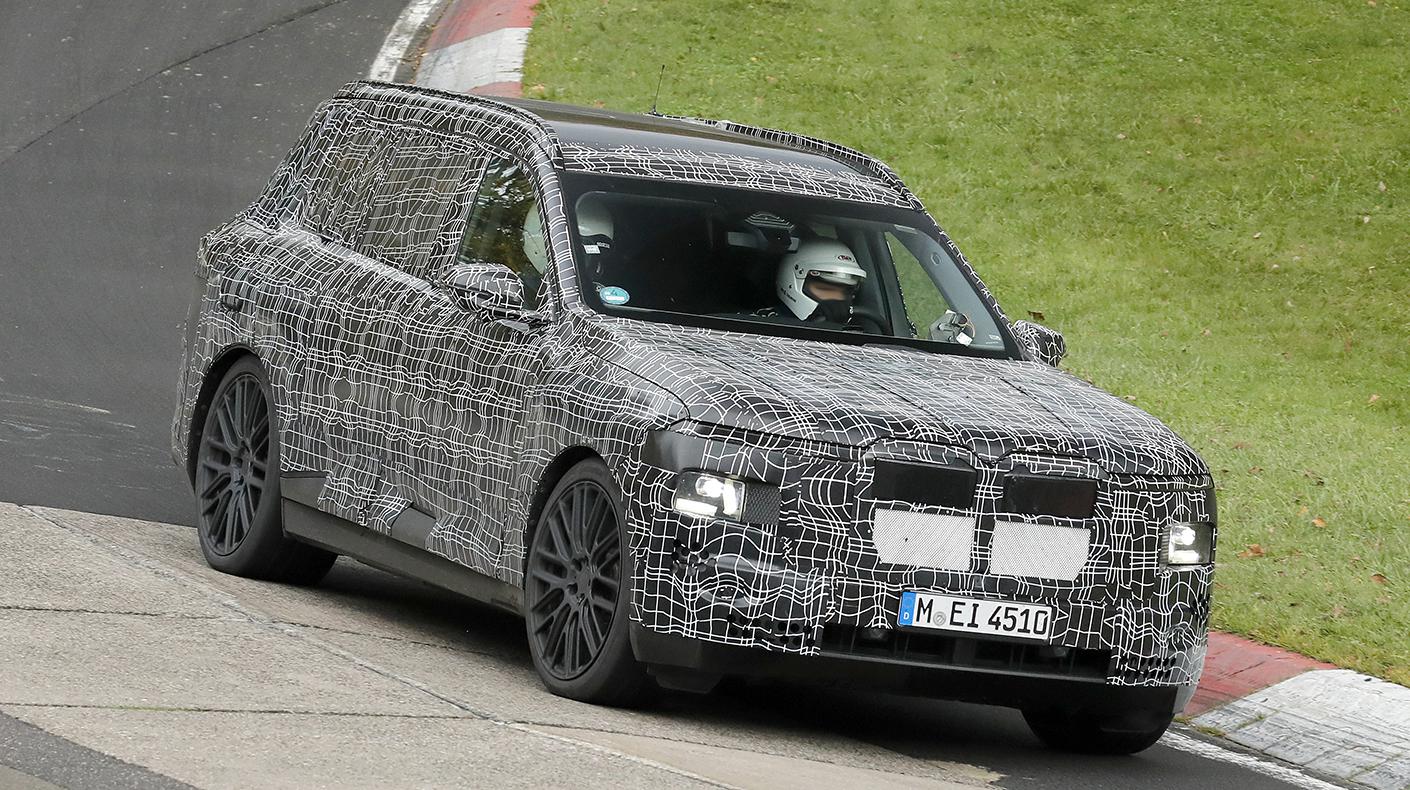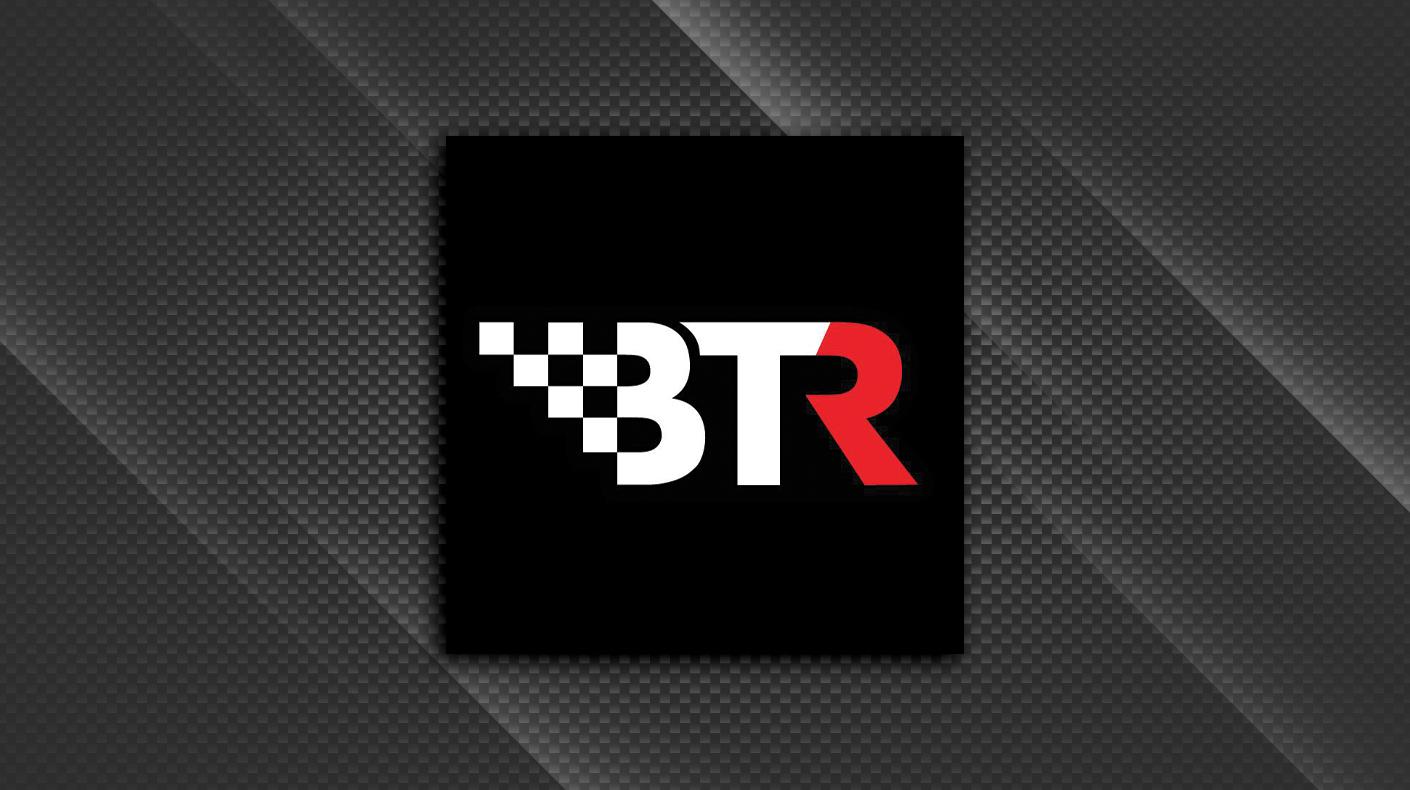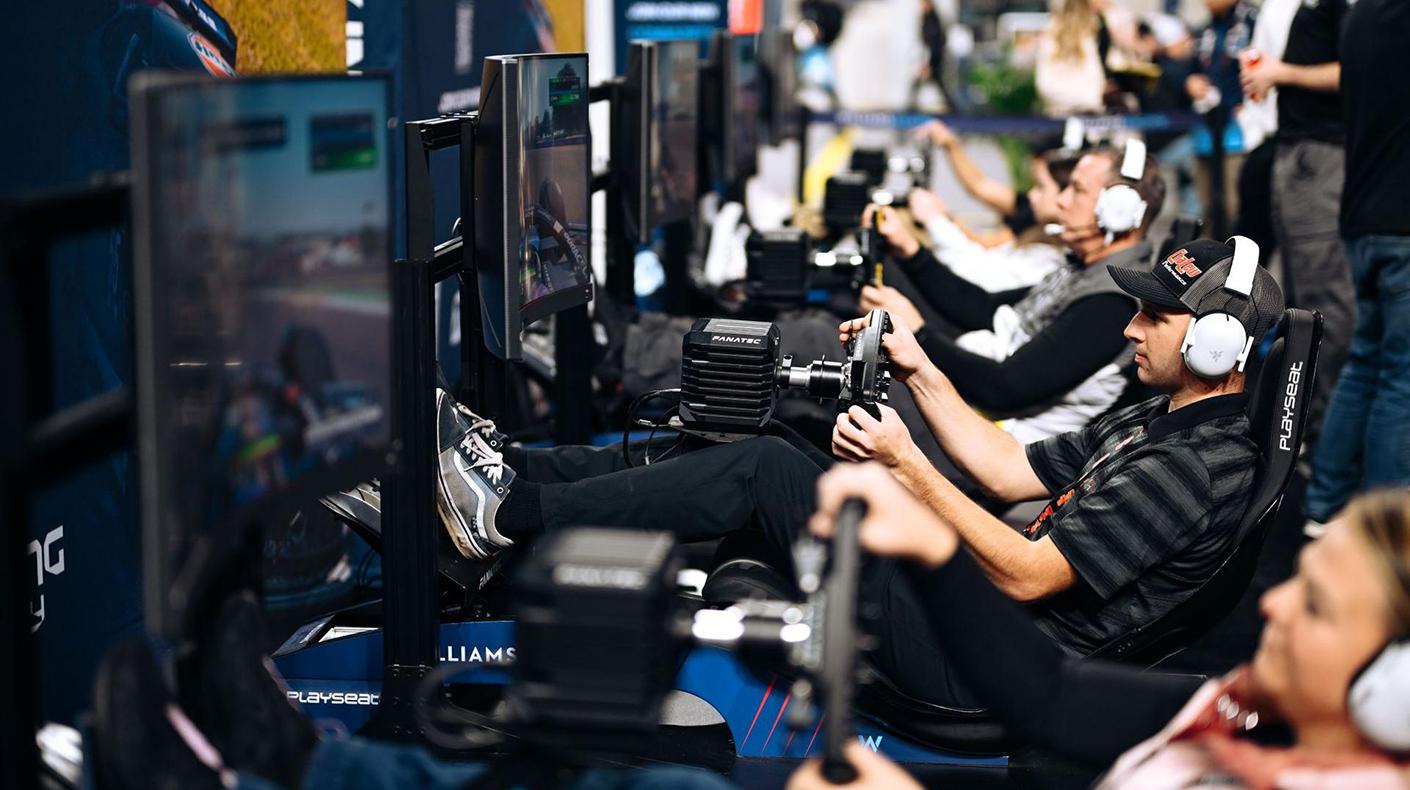Last February, Congress raised the annual expensing limits to $250,000 (from $128,000) for 2008 when a company purchases new machinery and equipment. Otherwise, the cost is generally spread over a number of years as the property depreciates in value. The depreciation is referred to as a "Section 179 deduction" and appears on IRS Form 4562 (Depreciation and Amortization). The election must be taken in the tax year the property was first placed in service. Lawmakers also included a bonus depreciation deduction of 50% for 2008 and increased the phase-out cap based on total equipment purchases in a year, rising to $800,000 from the current $510,000.
Here is an example on how the tax breaks work:
- The direct expensing allowance is applied first. If you have a $450,000 machinery purchase, the amount written off in the first year would be $250,000.
- The 50% bonus depreciation is then applied to the remainder basis of $200,000. That means another $100,000 can be written off in for 2008.
- Then the regular first year depreciation allowance is taken based on the remaining $100,000 basis. That amount depends on the class life of the asset and a few other technicalities, but for this example we will use a five-year life and a straight line deduction of another 20%, so the taxpayer can expense another $20,000.
- Final result, the taxpayer is able to expense $370,000 of the $450,000 in tax year 2008.
Many states have not matched the federal amounts and thus have smaller allowable deductions. In those instances, taxpayers maintain two sets of depreciation schedules, one for the IRS and the other for the state. For a copy or if you have questions, contact Stuart Gosswein at stuartg@sema.org.





